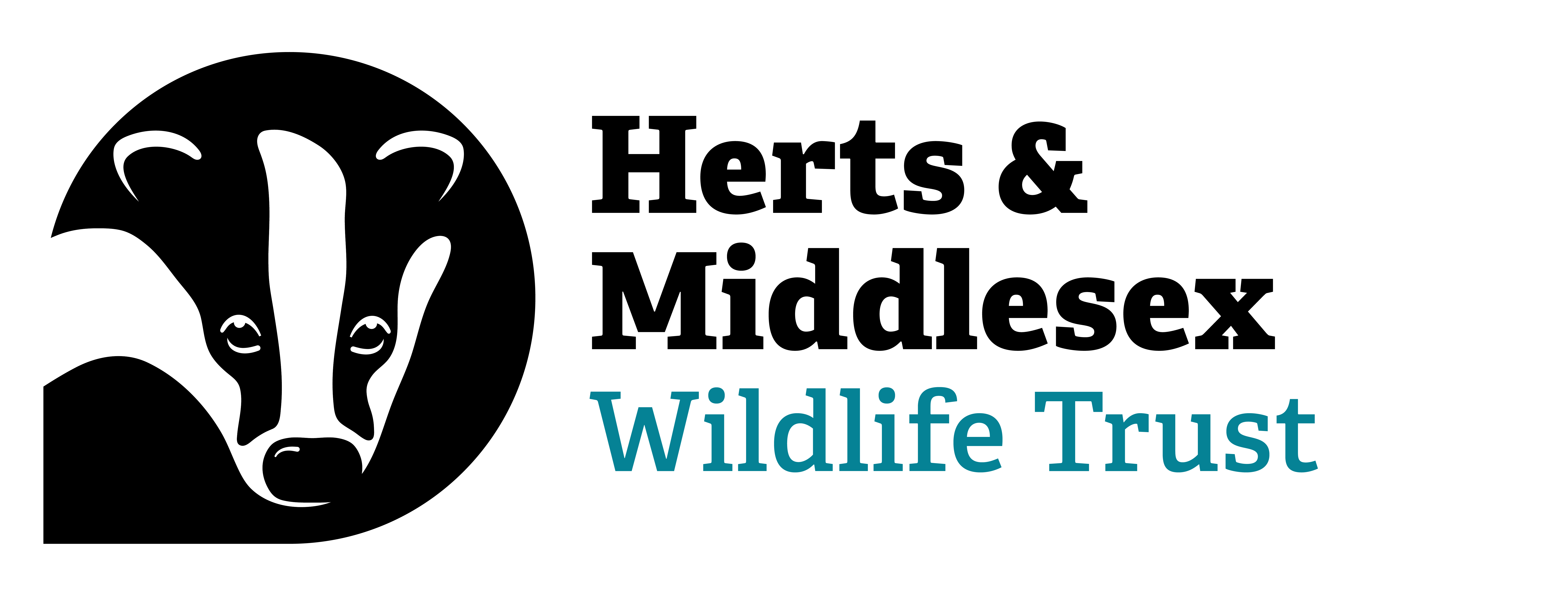As we slip into early autumn, our hedgerows offer a flourish of colour, movement, and activity. September is one of the most rewarding months to explore these vital corridors of biodiversity - this month tap into their rich tapestry of ripe berries, wildflowers, birds, insects, and mammals. As you scan the edges of fields and traverse country lanes, here’s what you can look out for:
What to See in September: Hedgerows
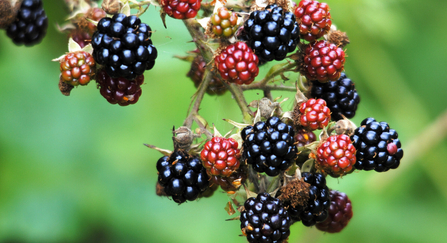
WildNet - Amy Lewis
A Feast of Berries
September is berry season in full swing, and hedgerows are awash with fruit. Many of these berries support wildlife as birds and mammals fatten up before winter.
Blackberries
Perhaps the most iconic hedgerow fruit, look out for them in sunny spots along Brambles, and keep an eye out for birds like Blackbirds, and Song Thrushes enjoying the bounty.
© Philip Precey
Haws
These bright red berries of the Hawthorn are a favourite with birds. They appear in clusters and are easy to spot.
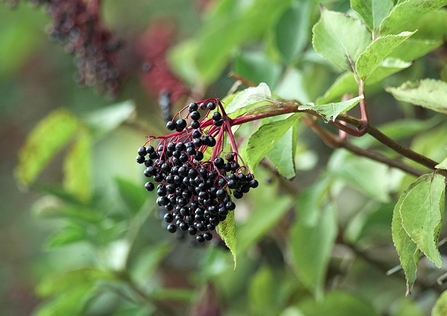
©northeastwildlife,co,uk
Elderberries
Elder is an opportunist shrub often found in hedgerows, and its fruit can often be found in shadier spots. Elderberries ripen to a deep purple-black and are loved by a variety of birds, including Robins.
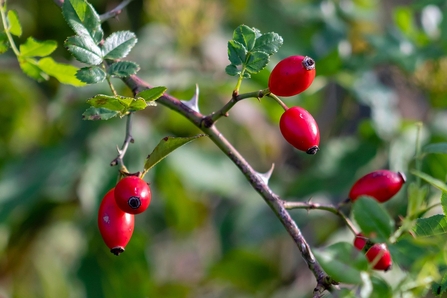
Rosehips
The fruit of wild roses like the Dog-rose, these glossy fruits often remain into winter. They’re high in vitamin C and a favourite with small mammals, such as the Bank Vole, and birds such as thrushes, Fieldfares and Blackbirds.
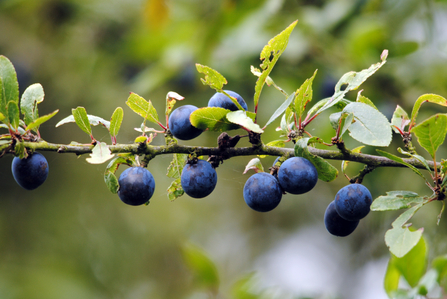
(c) Amy Lewis
Sloes
The fruit of the Blackthorn, sloes are small, blue-black berries, which are enjoyed by birds and small mammals such as Hedgehogs.
Late-Summer Wildflowers
Though most wildflowers have peaked by now, several species continue to flower in hedgerows into September, offering vital nectar for pollinators.
Hedge Bindweed
With its large white trumpet-shaped flowers, this climbing plant is often seen weaving through other shrubs and brambles.
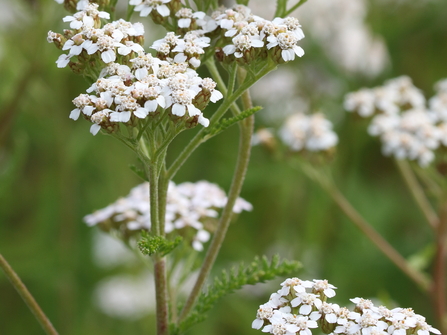
Yarrow (Achillea millefolium) © Vaughn Matthews
Yarrow
These tough wildflowers persist into September, attracting numerous insects, including bees, butterflies, moths, and hoverflies, with its nectar and pollen-rich flowers.

©Nick Upton/2020VISION
Ivy
Ivy is a great source of late season pollen and nectar for a variety of insects, including the Ivy Bee.
Comma Butterfly © Paul Thrush
Invertebrates
Some invertebrates are active in September, although the range of species is less than it is in the summer.
Butterflies
Look out for Red Admirals, Peacocks, and Commas basking in the early autumn sunshine or feeding on rotting fruit and late blooms.
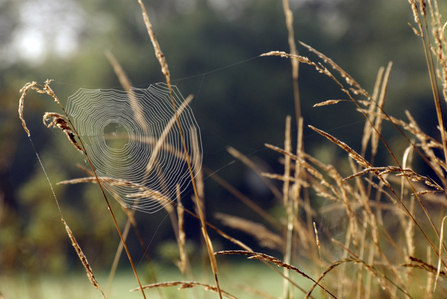
Spider web in the grass © Zsuzsanna Bird
Spiders
Hedgerows become draped in silken webs, look out for spiders sitting in the centre of large, perfectly spun orbs, waiting for prey.
Hedgerows in September offer a vivid glimpse into the changing season. They hum with life, colour, and motion — a living boundary between summer’s end and autumn’s beginning. We hope this month’s ‘What to See’ inspires you to take a closer look.
